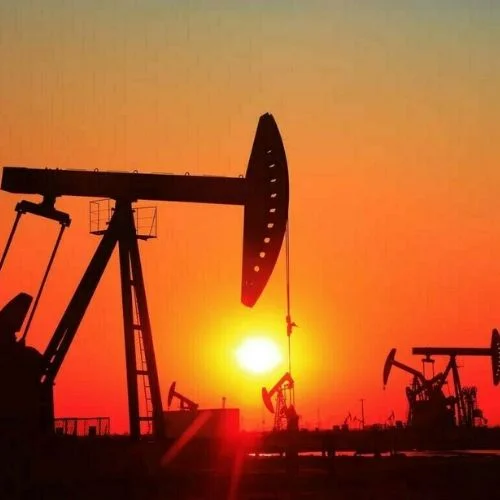The Asian Development Bank (ADB) stated in a research release on Tuesday that China’s recovery from the epidemic and strong demand in India will propel strong economic development in Asia this year. The research also stated that while advanced economies are causing a more gloomy view of the world, Asia’s developing economies are on track for higher growth and lowering inflation this year and next.
In a Tuesday update to its regional estimates, the ADB predicted that the continent’s 46 member countries would expand at a faster rate of 4.8% in 2023 and 2024 than they did in 2018. This is up from 4.2% in 2018. Compared to 4.4% in 2022, inflation should be slightly lower this year, at 4.2%.
In the group’s estimates, China’s reopening is a significant factor, and the ADB anticipates further growth-related ripple effects, such as an increase in regional visitor visits. The lack of significant stimulus packages, roughly balanced demand and supply, and ADB experts all contributed to the world’s second-largest economy having well-managed inflation.
China’s economy is expected to expand by 5% this year and 4.5% next year, according to the Asian Development Bank. This is an improvement over the 3% growth experienced in 2017, but it is still below the country’s long-term average.
Yet, given the unexpected announcement by OPEC+ to cut output by one million barrels, inflation risks are skewed to the upward side, according to ADB experts.
It is anticipated that this year, India’s GDP will expand at a slower rate of 6.4%. Following recovery from the worst of the epidemic, the economy expanded at a rate of 9.1% in 2021 and 6.8% in 2016. Yet, for a significant regional economy, it is among the fastest expansions.
Russian crude oil exports, which more than doubled to China, India, and Turkey last year, are expected to mitigate the effects of rising prices, especially given the expanding imports of Russian crude oil, particularly by China and India.
“We anticipated that this year’s supply would be somewhat constricted, “given increased Chinese demand throughout its recovery, according to Albert Park, head economist at Asian Development Bank. Before OPEC’s output cut, oil prices were projected to average $88 per barrel this year and $90 in 2024. But, it is possible that oil prices could rise much more, he added. The study in the report was predicated on the idea that the average price of Brent crude oil, which serves as the benchmark for international trade, would be $88 this year and $90 the next year.















